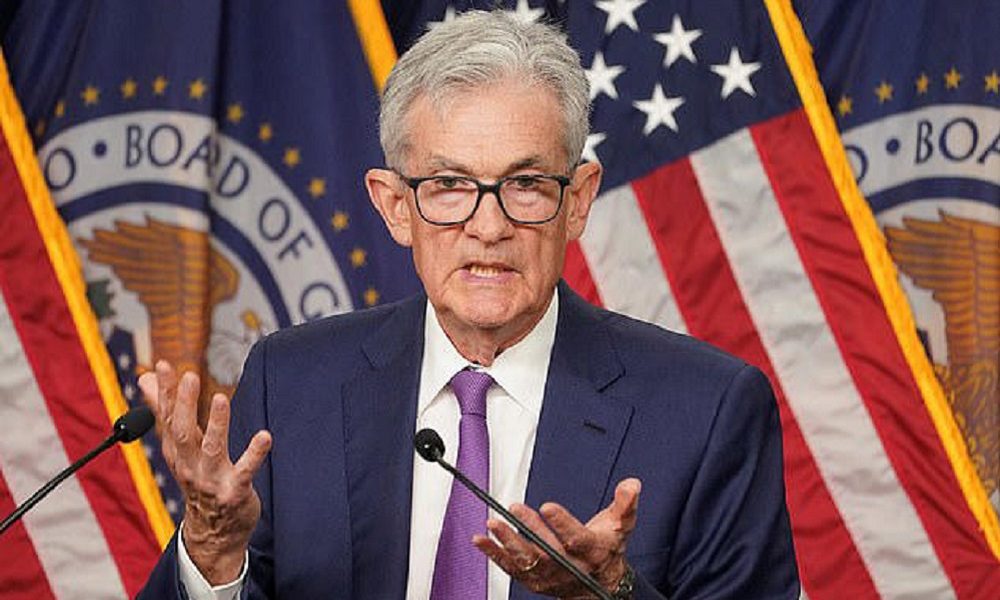
Why the Dream of Fed Rate Cuts Is Slipping Away

In recent months, the buzz around potential Federal Reserve rate cuts has stirred significant chatter among investors and analysts. While the hopeful anticipation of reduced rates has captivated many, emerging data and expert opinions suggest a different trajectory may be on the horizon. The dream of fed rate cuts is slipping away, urging market participants to temper their expectations for a rapid monetary policy easing.
Reevaluating Expectations Amid Economic Strength
The landscape of the U.S. economy presents a picture of resilience, contradicting the earlier speculation of aggressive rate cuts. The June jobs report indicated the addition of 206,000 nonfarm payroll jobs, nudging the unemployment rate to a slight increase from 4% to 4.1%. This subtle rise underscores the country’s robust employment scenario, hinting at an economy operating at full employment.
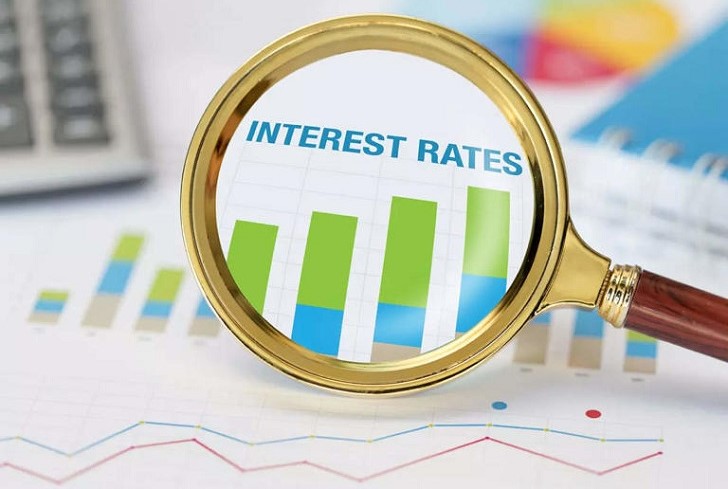
The Economic Times | MSN | The landscape of the U.S. economy presents a picture of resilience, contradicting the earlier speculation of aggressive rate cuts.
Chief Economist at RSM, Joe Brusuelas, interprets these figures as a testament to a vibrant jobs market likely to sustain consumer confidence and spending. Indeed, the Conference Board’s index for May reflected a resurgence in consumer optimism, which had dipped in prior months but rebounded from a score of 68.8 to 74.6. This uplift in sentiment is aligned with a steady increase in consumer expectations, pointing towards a stable economic environment as the year progresses.
The Fed’s Cautious Stance on Rate Adjustments
Federal Reserve Chair Jerome Powell has consistently maintained a cautious approach towards adjusting interest rates. Recent statements by Powell emphasize the delicate balance the Fed seeks to maintain: avoiding premature rate cuts that could jeopardize inflation control efforts while ensuring that the timing of such adjustments does not disrupt economic expansion. His comments at a public event in Portugal highlighted the necessity of precision in these decisions to uphold the progress made in curbing inflation.
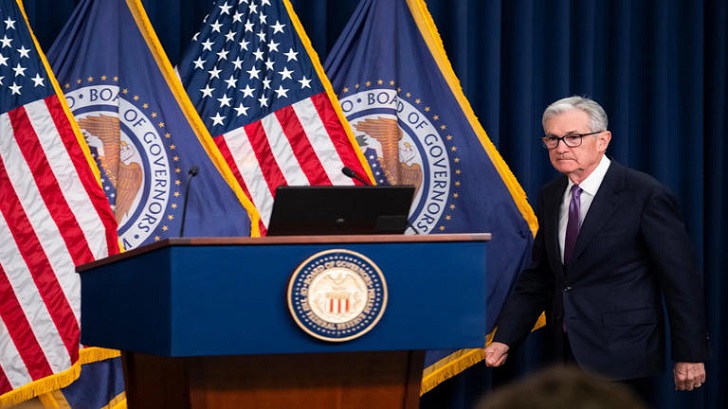
Sunil Dhawan | MSN | Federal Reserve Chair Jerome Powell has consistently maintained a cautious approach towards adjusting interest rates.
The prevailing strong economic indicators, such as a record $161 trillion in U.S. household net worth driven by surging stock prices and a historic low in household debt relative to GDP, further complicate the push for immediate rate cuts. These factors collectively bolster the argument for a gradual approach to modifying monetary policy instead of the drastic reductions some market players anticipate.
Market Predictions Versus Economic Realities
Despite the Fed’s tempered stance, some segments of Wall Street continue to forecast a more aggressive timeline for rate reductions. Citi economist Andrew Hollenhorst has outlined a scenario where the Fed could potentially cut interest rates by a total of 200 basis points across its next eight meetings, beginning this September and extending into mid-2025. Such a bold prediction hinges on the expectation of cooling economic activity, prompting consecutive rate cuts.

Investing.com | MSN | Fed could potentially cut interest rates by a total of 200 basis points across its next eight meetings.
However, Ben Emons of Fed Watch Advisors offers a more measured forecast, suggesting perhaps three to four rate cuts over the coming year. Emons emphasizes the lack of necessity for a hastened pace, considering the low likelihood of an impending recession. His perspective aligns more closely with the data and Powell’s cautious rhetoric, underscoring a scenario where economic stability does not warrant a ‘bonanza’ of rate cuts.
As the September meeting of the Federal Reserve draws nearer, investors are keenly watching for signals that might indicate the direction of future monetary policy. While some market participants hold onto hopes for rate cuts starting this fall, the prevailing economic evidence suggests a more conservative approach may be in play.
More in Business & Investments
-
`
Exploring Jeff Bezos’ IQ: Strategies for Success and an Intellect That Sets Him Apart
Jeff Bezos, the iconic American entrepreneur, investor, and founder of Amazon, is renowned not only for his business acumen but also...
April 14, 2024 -
`
How Safe is New York to Travel Now? Some Tips For Safety in NYC
Is it safe to travel to New York right now? This question seems to be on everyone’s lips these days. With...
April 12, 2024 -
`
Top 5 QuickBooks Alternatives to Try in 2024
More than ever before, finding the right tool that fits perfectly with your business needs can be a challenge today. Although...
April 5, 2024 -
`
How Long Are Passports Good for? A Detailed Guide
Ever found yourself rummaging through drawers, trying to locate your passport the night before an international flight? In that moment of...
March 28, 2024 -
`
Annette O’Toole and Michael McKean’s Timeless Hollywood Marriage
The love story between Annette O’Toole and Michael McKean is a beacon of enduring partnership – especially when it comes to...
March 23, 2024 -
`
Shifting Gears: Successfully Transitioning Your Client Base Across Industries
Ever feel that entrepreneurial itch to push your boundaries and explore new horizons? Perhaps you started with a laser focus on...
March 16, 2024 -
`
Music Icon Dolly Parton Reveals Secrets to Her $440 Million Fortune
Beloved country music legend Dolly Parton has long been an enigma wrapped in a rhinestone-studded enigma. At almost 80 years of age,...
March 9, 2024 -
`
Scaling Up Your Small Business: A Tightrope Walk With a Winning Plan
Building a thriving small business is like nurturing a seedling. You pour your heart and soul into its growth, watching it...
February 27, 2024 -
`
Is SZA All Set to Launch the Next Big Celebrity Makeup Line?
Today, celebrities launching their makeup lines have become as much of a trend as their next hit single. Among the glittering...
February 19, 2024





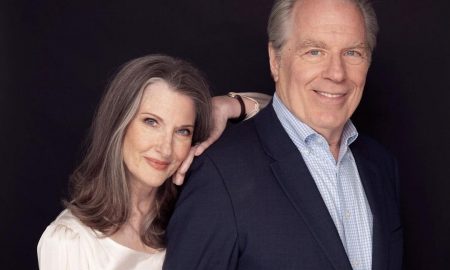






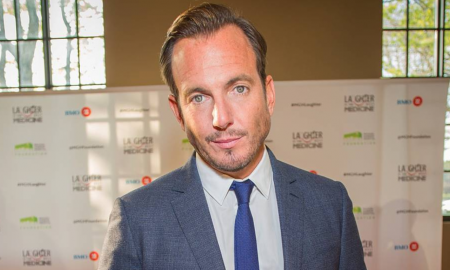


You must be logged in to post a comment Login